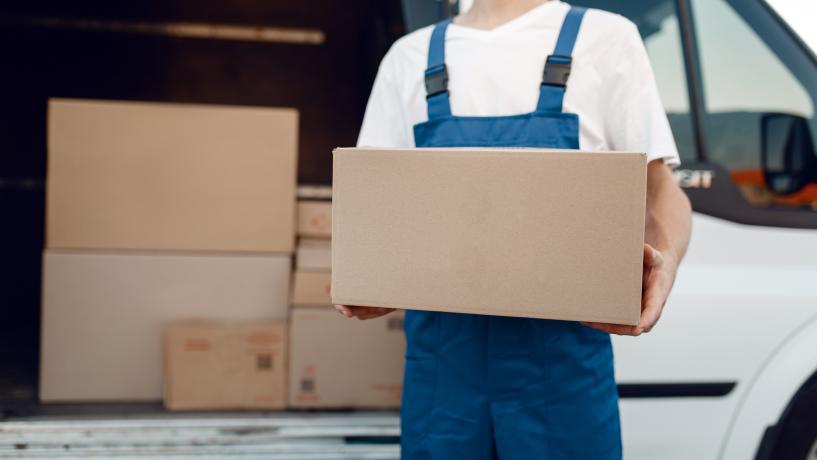
The World Health Organization (WHO) has released a set of guidelines for food safety and COVID-19. These guidelines emphasize that it is vitally important for all delivery businesses to prevent the spread of COVID-19 within food businesses they deliver to. This can be achieved by addressing the main ways that COVID-19 can enter a food establishment, which includes an infected delivery person or through food items or packaging that are contaminated with the virus. This means that businesses that are conducting food deliveries run a risk of introducing COVID-19 into a food business. Here are some ways in which businesses can take action to prevent the spread of COVID-19 within food businesses receiving deliveries.
1. Identify the different ways drivers can become infected
All delivery staff should be trained on the ways that COVID-19 is spread and what the symptoms of the virus are. They should also be trained to understand and recognise the different ways that they can become infected while doing their job. For example, delivery drivers can become infected through touching surfaces that are frequently touched such as door handles, elevator buttons or steering wheels. Delivery drivers can also become infected by getting too close to the person receiving the food delivery. Maintaining physical distance is essential to preventing the transmission of the virus.
2. Instruct staff on how to safely conduct deliveries
Delivery personnel should be trained on how to safely conduct deliveries so that they do not put themselves or a food business at risk. This includes staying in the vehicle while and not assisting with bringing the delivery into the premises. Drivers also need to be trained to use hand sanitiser before handing anything off, such as delivery sign-off sheets. If drivers are being supplied with personal protective equipment (PPE) such as gloves and masks, they must be trained on how to use these items effectively.
3. Identify ways that food packaging can pose risks
The containers and packages that food is delivered in can also present the possibility of coronavirus transmission. WHO recommends that delivery businesses use disposable containers whenever and wherever possible. By using disposable containers, businesses eliminate the threat of bringing a contaminated reusable container back into the premises. If reusable containers must be used, ensure that they are properly cleaned, sanitised and disinfected after ever use. Any containers or packages that are used to transport food must be treated in the same way. Lastly, businesses must ensure that all food is protected from any possible source of contamination.
4. Provide staff with protective items
If it is achievable, businesses should strive to provide delivery staff with PPE including disposable gloves and masks. This will help prevent drivers from contracting the virus when out conducting deliveries. Hand sanitiser, disinfectant and paper towels are other items that should be supplied to delivery personnel. If these items are provided and drivers are trained on how and when to use them, they will be more likely to use them during deliveries.
With the release of these guidelines, the WHO also conducted a webinar in order to address pressing questions about COVID-19 and the food industry.




